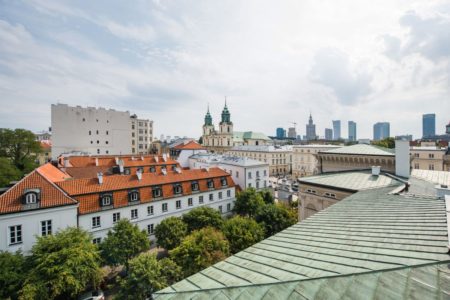Due to the Christmas holidays, the University of Warsaw and our offices are closed from 24 to 28 December.
welcome@uw.edu.pl
welcome.legalisation@uw.edu.pl
Meet us on Facebook and Instagram
MAIN CAMPUS
Mon–Fri 8.30 am—4.30 pm
tel. (+48) 22 55 24 103
tel. (+48) 22 55 24 125
tel. (+48) 22 55 24 143
tel. (+48) 22 55 24 144
tel. (+48) 22 55 24 080
map
OCHOTA CAMPUS
Mon–Fri 8.30 am—4:30 pm
tel. (+48) 22 55 24 118
tel. (+48) 22 55 24 119
map
Sebastian Pawlak, MA
Office of Academic and Student Affairs, Deputy Head
Sebastian.Pawlak@adm.uw.edu.pl
Katarzyna Basisty, MA
Welcome Point Coordinator
k.basisty@adm.uw.edu.pl
Łukasz Wieczorek, PhD
Welcome Point Coordinator – Legalisation of stay specialist
welcome.legalisation@uw.edu.pl
Ewa Górecka, MA
Team Member
ewa.gorecka@uw.edu.pl
Elvira Khasanova, BA
Team Member
elvira.khasanova@uw.edu.pl
Bohdana Kladova, BA
Team member
b.kladova@uw.edu.pl
Kajetan Łęcki, MA
Team member
kj.lecki@uw.edu.pl
Olga Mędrzejewska, MA
Team Member
olga.medrzejewska@adm.uw.edu.pl
Heybat Naghiyev, BA
Team Member
h.naghiyev@uw.edu.pl
Dariusz Sirko, MA
team member
d.sirko@uw.edu.pl
SUPPORT FOR UKRAINE
Ołeksij Andrijewski, BA
Team Member
o.andrijewski@uw.edu.pl
TEAM MEMBERS ON LEAVE
Ewelina Radzewicz, MA
Team Member
ewelina.radzewicz@adm.uw.edu.pl

The Project has been co-financed by the Polish National Agency for Academic Exchange under the Welcome to Poland Programme









